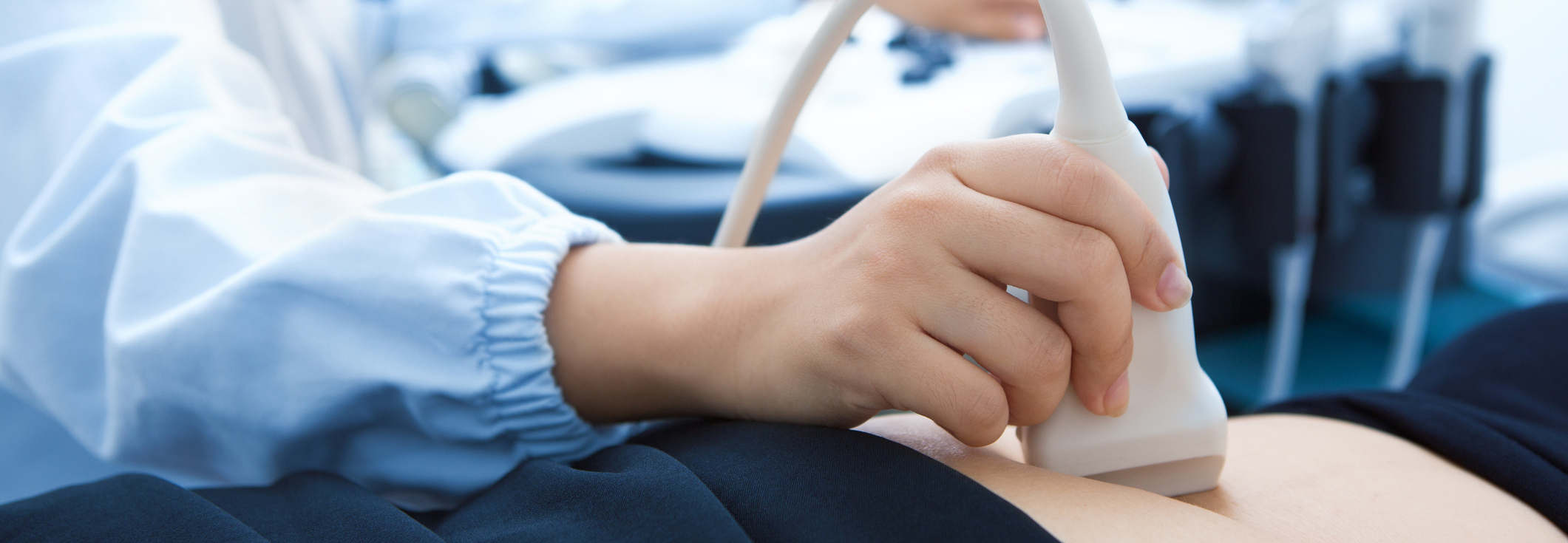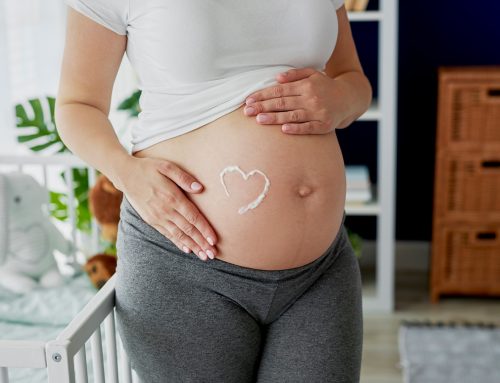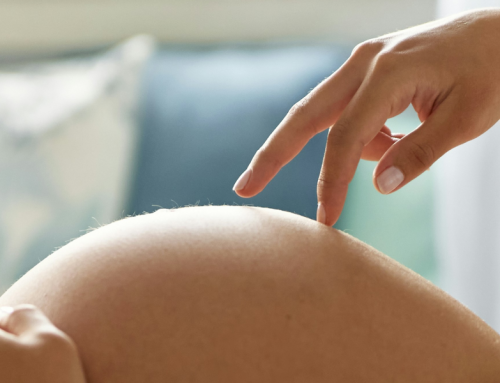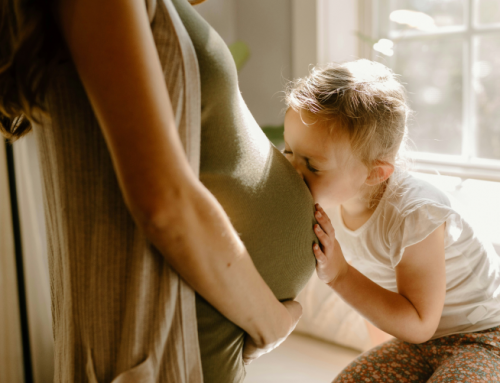Perhaps you have been told that you have a low ovarian reserve and this might have alarmed you. “One more stumbling block on the road to the longed-for pregnancy”, you may have thought. But don’t panic. Low ovarian reserve is a very common problem due to the fact that in our society women are increasingly delaying having children for a number of reasons. Age affects fertility, but that doesn’t mean you can’t be a mother. We will explain what low ovarian reserve is and how to deal with it.
If ovarian reserve is a woman’s number of eggs at a given time, a low ovarian reserve is said to exist when a woman’s egg supply has diminished. Women are born with a certain number of oocytes (the future eggs) and lose them with age, especially from the age of thirty-five onwards. Unlike men, who continue to produce sperm, women cannot produce more eggs than they have at birth. The older they get, the lower the ovarian reserve in quantity, but also the lower the quality of the remaining oocytes, although there are other causes for a low ovarian reserve, which confirm that it is not a pathology exclusive to women from this age group and above.
Besides a person’s greater age, a low ovarian reserve may also exist in cases such as endometriosis or chronic infections, or if you have undergone chemotherapy treatments, or for any reason that may have damaged the ovary chemically (for example, through environmental pollution or smoking) or physically (ovarian surgeries).
How do I know if I have low ovarian reserve? What are the symptoms?
It is common for patients to discover that they have a low ovarian reserve when they have trouble getting pregnant. This is because there are no specific symptoms that tell a woman that she may have a low ovarian reserve.
There are signs, such as a family history or if there is a problem of ovarian insufficiency associated with an irregular menstrual cycle, but in no case are they decisive reasons to assume this pathology. This is why it is necessary to resort to two simple, non-invasive tests: the antral follicle count and the anti-Mullerian hormone test.
For the first test, a transvaginal ultrasound – that is, through the vagina – is all that is needed to view the ovaries, ideally between the third and fifth day of the menstrual cycle. Based on this analysis, we can count the number of follicles – also called antral follicles – in each ovary. A low ovarian reserve gives us a count level equal to or lower than 4 follicles per ovary or 7 in total (counting both ovaries together).
In the second test mentioned above, we screen for altered levels of several hormones: the anti-Müllerian hormone (AMH), and the follicle-stimulating hormone (FSH) and oestradiol. The FSH is the hormone that orders the brain (specifically the pituitary gland) to activate the ovaries and prepare the follicles. The AMH has an effect on the number and growth of follicles. Lastly, oestradiol has multiple functions. It is the sex hormone par excellence in women and is responsible, among other things, for preparing the uterus to receive the fertilised egg.
Classically, FSH levels have been used to assess ovarian reserve since in these cases, FSH is usually high at the beginning of the menstrual cycle, as the brain detects that there are few oocytes and thus asks the ovary to try to produce more. However, this figure is not reliable due to the physiological variations in FSH levels throughout the menstrual cycle.
Currently, the most commonly used method is the anti-Müllerian hormone (AMH) analysis, as it is a substance that is produced, in part, by the ovary’s antral follicles, and its levels are more stable over time and at any time during the cycle. Thus, higher levels of AMH are associated with good ovarian reserve. Although age should be taken into account, AMH levels of less than 1-2ng/ml are regarded as being indicative of low ovarian reserve.
Can I get pregnant with a low ovarian reserve?
It is logical to conclude that even with a low ovarian reserve, the chances of having a natural pregnancy using your own eggs decrease with age. In other words, if you have a low ovarian reserve but you are under 35, you are more likely to get pregnant than if you are in your forties, for example.
If you want to become a mother and you have this fertility problem, the ideal thing to do is to discuss the possible causes with your gynaecologist or a specialist in assisted reproduction and, depending on the reason and the chances of pregnancy based on age, look for an alternative or treatment to help you get pregnant with a low ovarian reserve, since it is possible. Together, you will be able to establish which is the best option for your specific case. If, for example, the cause was chemotherapy treatment, it is likely that, if you didn’t preserve your eggs before the treatment, you will have to resort to egg donation, but there are other options that we will see below.
Chances of pregnancy with low ovarian reserve
There are several possibilities for achieving pregnancy with a low ovarian reserve:
- In vitro fertilisation (IVF): In vitro fertilisation (IVF): this is one of the most effective treatments in assisted reproduction and also one of the most widely used. After hormonal stimulation of the ovaries, the eggs are retrieved and inseminated in the laboratory using your partner’s sperm or donor sperm, depending on each individual case. As a result, embryos are obtained and deposited in the uterus with the aim of achieving pregnancy.
- Egg donation: if the ovarian reserve is practically depleted, or if the mother-to-be is more advanced in age, it is not really worth stimulating the ovaries as there are few oocytes left and those that do exist are usually of poorer quality, making it difficult to achieve a pregnancy and thereby increasing the risk of miscarriage. Through egg donation, the chances of achieving a pregnancy increase because the eggs are of high quality, as they come from a young, healthy woman who has undergone strict medical and genetic screening.
Low ovarian reserve and successful IVF
Related to the above, you may wonder whether low ovarian reserve decreases the pregnancy rate in IVF. Not necessarily. There are women with low ovarian reserve who respond well to hormone stimulation treatments and obtain high quality oocytes. As always, age is a factor to take into account. The older you get, the more likely it is that the oocytes will be of lower quality and the more problems there will be in terms of both chromosomal alterations as well as failures when it comes to being implanted in the uterus. We would like to invite you to find out about the chances of pregnancy with in vitro fertilisation shown on our website.
Can I increase my ovarian reserve?
There is no scientific evidence of an effective method to increase ovarian reserve. It is therefore advisable to act as soon as possible in order to try to detect it in time and not lose any more of your ovarian reserve. At your next gynaecological check-up, you can request an assessment of your follicles or, if you prefer, ask for a free appointment at Eugin so that our experts can carry out a diagnosis of your fertility. If you wish to become a mother in the future, there is also the possibility of freezing your eggs so that you can use them when you feel more prepared for motherhood. On the other hand, if you follow a healthy lifestyle, adopt a healthy diet, do sport and avoid smoking and alcohol, you will be giving your ovaries a helping hand.






